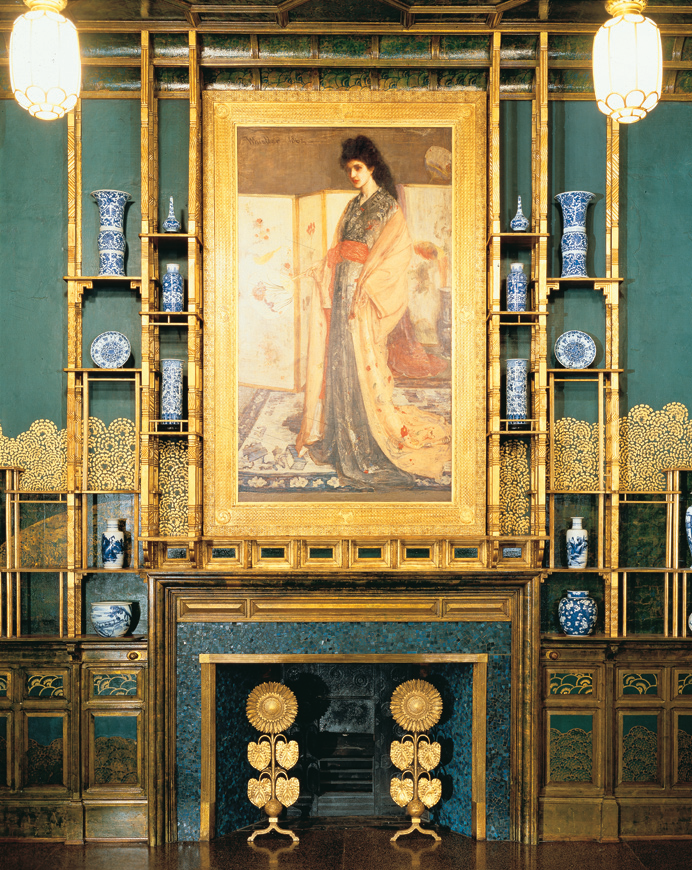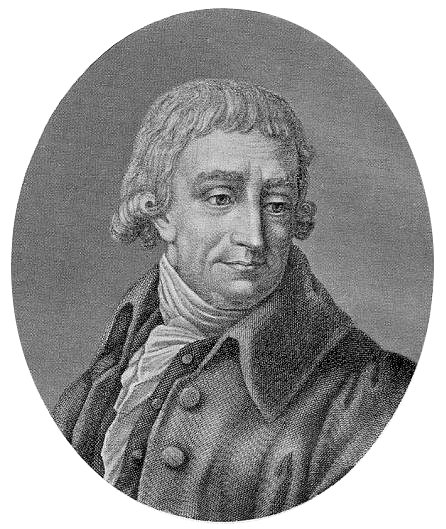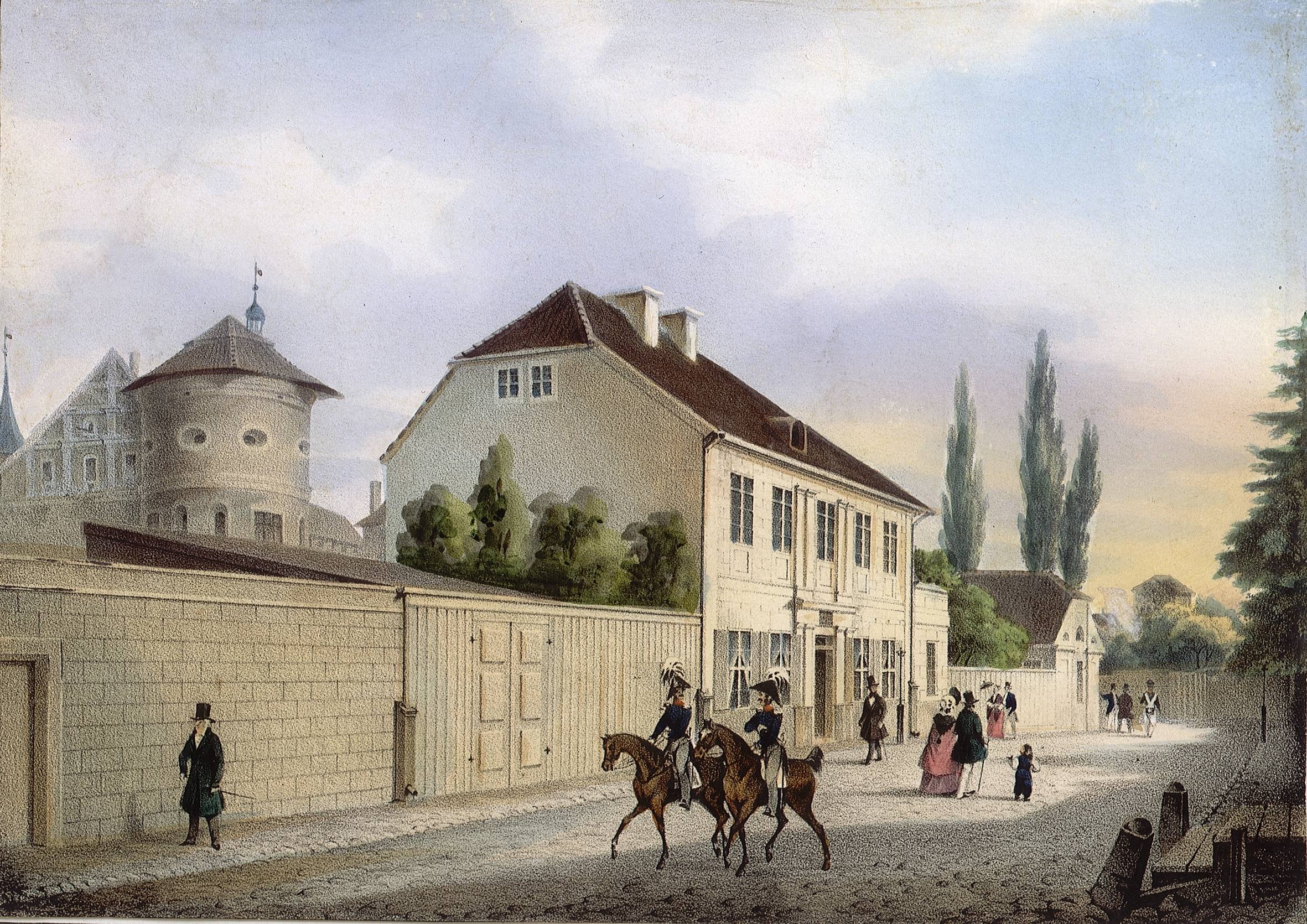|
Aestheticism
Aestheticism (also known as the aesthetic movement) was an art movement in the late 19th century that valued the appearance of literature, music, fonts and the arts over their functions. According to Aestheticism, art should be produced to be beautiful, rather than to teach a lesson, create a parallel, or perform another didactic purpose, a sentiment expressed in the slogan "art for art's sake." Aestheticism flourished in the 1870s and 1880s, gaining prominence and the support of notable writers such as Walter Pater and Oscar Wilde. Aestheticism challenged the values of mainstream Victorian culture, as many Victorians believed that literature and art fulfilled important ethical roles. Writing in ''The Guardian'', Fiona McCarthy states that "the aesthetic movement stood in stark and sometimes shocking contrast to the crass materialism of Britain in the 19th century." Aestheticism was named by the critic Walter Hamilton in ''The Aesthetic Movement in England'' in 1882. By ... [...More Info...] [...Related Items...] OR: [Wikipedia] [Google] [Baidu] |
The Peacock Room
''Harmony in Blue and Gold: The Peacock Room'' (better known as ''The Peacock Room'') is a work of interior decorative art created by James McNeill Whistler and Thomas Jeckyll, translocated to the Freer Gallery of Art in Washington, D.C. Whistler painted the paneled room in a unified palette of blue-greens with over- glazing and metallic gold leaf. Painted between 1876 and 1877, it now is considered one of the greatest surviving Aesthetic interiors, and best examples of the Anglo-Japanese style. History ''The Peacock Room'' was originally designed to serve as the dining room in the townhouse located at in the neighbourhood of Kensington in London, and owned by the British shipping magnate Frederick Richards Leyland. Leyland engaged the British architect Richard Norman Shaw to remodel and redecorate his home. Shaw entrusted the remodelling of the dining room to Thomas Jeckyll, another British architect experienced in the Anglo-Japanese style. Jeckyll conceived the dining ro ... [...More Info...] [...Related Items...] OR: [Wikipedia] [Google] [Baidu] |
Walter Pater
Walter Horatio Pater (4 August 1839 – 30 July 1894) was an English essayist, Art critic, art and literary critic, and fiction writer, regarded as one of the great stylists. His first and most often reprinted book, ''Studies in the History of the Renaissance'' (1873), revised as ''The Renaissance: Studies in Art and Poetry'' (1877), in which he outlined his approach to art and advocated an ideal of the intense inner life, was taken by many as a manifesto (whether stimulating or subversive) of Aestheticism. Early life Born in Stepney in London's East End of London, East End, Walter Pater was the second son of Richard Glode Pater, a physician who had moved to London in the early 19th century to practise medicine among the poor. Dr Pater died while Walter was an infant and the family moved to Enfield, London, Enfield. Walter attended Enfield Grammar School and was individually tutored by the headmaster. In 1853 he was sent to The King's School, Canterbury, where the beauty of the ... [...More Info...] [...Related Items...] OR: [Wikipedia] [Google] [Baidu] |
Oscar Wilde
Oscar Fingal O'Fflahertie Wills Wilde (16 October 185430 November 1900) was an Irish author, poet, and playwright. After writing in different literary styles throughout the 1880s, he became one of the most popular and influential playwrights in London in the early 1890s. Regarded by most commentators as the greatest playwright of the Victorian era, Wilde is best known for his 1890 Gothic fiction, Gothic philosophical fiction ''The Picture of Dorian Gray'', as well as his numerous epigrams and plays, and his criminal conviction for gross indecency for homosexual acts. Wilde's parents were Anglo-Irish intellectuals in Dublin. In his youth, Wilde learned to speak fluent French and German. At university, he read Literae Humaniores#Greats, Greats; he demonstrated himself to be an exceptional classicist, first at Trinity College Dublin, then at Magdalen College, Oxford. He became associated with the emerging philosophy of aestheticism, led by two of his tutors, Walter Pater and Jo ... [...More Info...] [...Related Items...] OR: [Wikipedia] [Google] [Baidu] |
Aesthetics
Aesthetics (also spelled esthetics) is the branch of philosophy concerned with the nature of beauty and taste (sociology), taste, which in a broad sense incorporates the philosophy of art.Slater, B. H.Aesthetics ''Internet Encyclopedia of Philosophy,'' , accessed on 15 September 2024. Aesthetics examines values about, and Critical thinking, critical judgments of, artistic taste and preference. It thus studies how Artist, artists imagine, create, and perform works of art, as well as how people use, enjoy, and criticize art. Aesthetics considers why people consider certain things beautiful and not others, as well as how objects of beauty and art can affect our moods and our beliefs. Aesthetics tries to find answers to what exactly is art and what makes good art. It considers what happens in our minds when we view Visual arts, visual art, listen to music, read poetry, enjoy delicious food, and engage in large artistic projects like creating and experiencing plays, fashion shows ... [...More Info...] [...Related Items...] OR: [Wikipedia] [Google] [Baidu] |
Decadent Movement
The Decadent movement (from the French language, French ''décadence'', ) was a late 19th-century Art movement, artistic and literary movement, literary movement, centered in Western Europe, that followed an aesthetic ideology of excess and artificiality. The Decadent movement first flourished in France and then spread throughout Europe and to the United States. The movement was characterized by a belief in the superiority of Fantasy (psychology), human fantasy and Hedonism#Aesthetic hedonism, aesthetic hedonism over logic and the Nature, natural world. Overview The concept of decadence dates to the 18th century, especially from the writings of Montesquieu, the Age of Enlightenment, Enlightenment philosopher who suggested that the decline (''decadence, décadence'') of the Roman Empire was in large part due to its moral decay and loss of cultural standards. When Latin scholar Désiré Nisard turned toward French literature, he compared Victor Hugo and Romanticism in general to th ... [...More Info...] [...Related Items...] OR: [Wikipedia] [Google] [Baidu] |
Angela Leighton
Angela Leighton, FBA (born 23 February 1954) is a British literary scholar and poet, who specialises in Victorian and twentieth-century English literature. Since 2006, she has been a Senior Research Fellow at Trinity College, Cambridge. Previously, from 1979 to 2006, she taught at the University of Hull, rising to be Professor of English. Early life and education Leighton was born on 23 February 1954 in Wakefield, Yorkshire, England, to the composer Kenneth Leighton and Lydia Leighton (''née'' Vignapiano). She studied at St Hugh's College, Oxford, and graduated with a Bachelor of Arts (BA) degree in 1976 and a Master of Letters (MLitt) degree in 1981. Academic career In 1979, Leighton joined the English Department of the University of Hull. She was a lecturer from 1979 to 1993, a senior lecturer from 1993 to 1995, Reader in English from 1995 to 1997, and Professor of English from 1997 to 2006. In 2006, she moved to the University of Cambridge where she is a Senior Research ... [...More Info...] [...Related Items...] OR: [Wikipedia] [Google] [Baidu] |
Thomas Carlyle
Thomas Carlyle (4 December 17955 February 1881) was a Scottish essayist, historian, and philosopher. Known as the "Sage writing, sage of Chelsea, London, Chelsea", his writings strongly influenced the intellectual and artistic culture of the Victorian era. Carlyle was born in Ecclefechan, a village in Dumfriesshire. He attended the University of Edinburgh where he excelled in mathematics and invented the Carlyle circle. After finishing the arts course, he prepared to become a minister in the Burgher (Church history), Burgher Church while working as a schoolmaster. He quit these and several other endeavours before settling on literature, writing for the ''Edinburgh Encyclopædia'' and working as a translator. He initially gained prominence in English-language literary circles for his extensive writing on German Romanticism, German Romantic literature and philosophy. These themes were explored in his first major work, a semi-autobiographical philosophical novel entitled ''Sartor ... [...More Info...] [...Related Items...] OR: [Wikipedia] [Google] [Baidu] |
Friedrich Schiller
Johann Christoph Friedrich von Schiller (, short: ; 10 November 17599 May 1805) was a German playwright, poet, philosopher and historian. Schiller is considered by most Germans to be Germany's most important classical playwright. He was born in Marbach to a devoutly Protestant family. Initially intended for the priesthood, in 1773 he entered a military academy in Stuttgart and ended up studying medicine. His first play, ''The Robbers'', was written at this time and proved very successful. After a brief stint as a regimental doctor, he left Stuttgart and eventually wound up in Weimar. In 1789, he became professor of History and Philosophy at Jena, where he wrote historical works. During the last seventeen years of his life (1788–1805), Schiller developed a productive, if complicated, friendship with the already famous and influential Johann Wolfgang von Goethe. They frequently discussed issues concerning aesthetics, and Schiller encouraged Goethe to finish works that he had le ... [...More Info...] [...Related Items...] OR: [Wikipedia] [Google] [Baidu] |
Critical And Miscellaneous Essays
''Critical and Miscellaneous Essays'' is the title of a collection of reprinted reviews and other magazine pieces by the Scottish people, Scottish essayist, historian and philosopher Thomas Carlyle. Along with ''Sartor Resartus'' and ''The French Revolution: A History, The French Revolution'' it was one of the books that made his name. Its subject matter ranges from literary criticism (especially of German literature) to biography, history and social commentary. These essays have been described as "Intriguing in their own right as specimens of graphic and original nonfiction prose…indispensable for understanding the development of Carlyle's mind and literary career", and the scholar Angus Ross has noted that the review-form displays in the highest degree Carlyle's "discursiveness, allusiveness, argumentativeness, and his sense of playing the prophet's part." Publication Carlyle earned his living during the late 1820s and early 1830s as a reviewer and essayist, contributing to ... [...More Info...] [...Related Items...] OR: [Wikipedia] [Google] [Baidu] |
Sartor Resartus
''Sartor Resartus: The Life and Opinions of Herr Teufelsdröckh in Three Books'' is a novel by the Scottish people, Scottish essayist, historian and philosopher Thomas Carlyle, first published as a serial in ''Fraser's Magazine'' in November 1833 – August 1834. The novel purports to be a commentary on the thought and early life of a German philosopher called Diogenes Teufelsdröckh (which translates as 'Zeus-born Devil's-dung'), author of a tome entitled ''Clothes: Their Origin and Influence''. Teufelsdröckh's Transcendentalist musings are mulled over by a sceptical English Reviewer (referred to as Editor) who also provides fragmentary biographical material on the philosopher. The work is a parody, in part of Hegel and more generally of German Idealism. Background Archibald MacMechan surmised that the novel's invention had three literary sources. The first of these was ''A Tale of a Tub'' by Jonathan Swift, whom Carlyle intensely admired in his college years, even going by the ... [...More Info...] [...Related Items...] OR: [Wikipedia] [Google] [Baidu] |
Ruth ApRoberts
Ruth apRoberts (1919 – March 26, 2006) was a Canadian scholar of Victorian and religious literature. Her work focused on 19th-century British literature as it intersected with philosophical issues and spiritual traditions. Biography Born as Ruth Heyer in 1919 in Vancouver, British Columbia, she received her bachelor's degree from the University of British Columbia and her master's degree from UC Berkeley. After raising her four children, she received her PhD in English from UCLA. She was the widow of Robert apRoberts, a scholar of Welsh descent who taught medieval literature at California State University in Northridge. At the University of California in Riverside, Ruth apRoberts held the positions of Graduate Advisor and Chair of the English Department. She taught courses in Victorian literature, the Aesthetic Movement, and the Bible as literature. She held a Guggenheim Fellowship (1978–79). She was awarded the UCR Distinguished Teaching Award in 1977, and the Distingu ... [...More Info...] [...Related Items...] OR: [Wikipedia] [Google] [Baidu] |
Immanuel Kant
Immanuel Kant (born Emanuel Kant; 22 April 1724 – 12 February 1804) was a German Philosophy, philosopher and one of the central Age of Enlightenment, Enlightenment thinkers. Born in Königsberg, Kant's comprehensive and systematic works in epistemology, metaphysics, ethics, and aesthetics have made him one of the most influential and highly discussed figures in modern Western philosophy. In his doctrine of transcendental idealism, Kant argued that space and time are mere "forms of intuition" that structure all experience and that the objects of experience are mere "appearances". The nature of things as they are in themselves is unknowable to us. Nonetheless, in an attempt to counter the philosophical doctrine of Philosophical skepticism, skepticism, he wrote the ''Critique of Pure Reason'' (1781/1787), his best-known work. Kant drew a parallel to the Copernican Revolution#Immanuel Kant, Copernican Revolution in his proposal to think of the objects of experience as confo ... [...More Info...] [...Related Items...] OR: [Wikipedia] [Google] [Baidu] |








